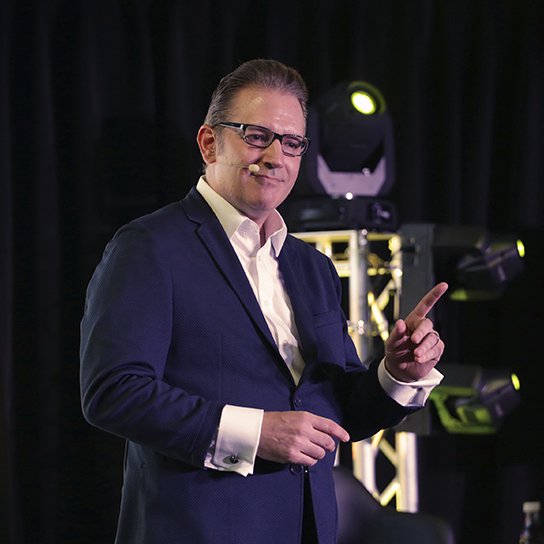There's a lot of talk these days about diversity, equity, and inclusion (DEI). But what does that mean for your business? How can you create a DEI strategy using elements of organizational culture?
In this article, we'll discuss types of organizational culture and how organizational culture can play a role in your DEI strategy.
Why Do You Need To Create a DEI Strategy?
Creating diversity, equity, and inclusion (DEI) strategies is an important step for any organization that wants to promote diversity and foster an inclusive work environment. DEI strategies help to ensure that all individuals are treated fairly and with respect, regardless of their backgrounds or perspectives. At the same time, such strategies also encourage diversity by actively working to recruit a wide range of employees from different cultural, social, and economic backgrounds.
Furthermore, these strategies help to give all employees a voice in decision-making processes and ensure that their needs are taken into account when determining how the organization operates.
In short, there are many reasons why organizations should create robust DEI strategies that engage all members of their teams. Ultimately, this will lead to increased productivity, higher employee satisfaction levels, and greater innovation throughout the workplace.
Types of Organizational Culture
Differing approaches to organizational culture can impact whether or not your DEI strategy is successful. If you commit to hiring more diverse candidates but don’t give them room to be fully themselves and achieve at their highest capacity, then you haven’t created a culture of inclusion.
There are many types of organizational cultures, but viewing culture through the lens of suppression vs unleashing can be especially helpful when seeking inclusive workplace practices.
- Cultures that suppress: People feel boxed in, afraid or unable to contribute at full capacity. Progress toward the organization’s mission is what matters and is measured. People protect their functions and work within their silos. The result: a model that holds people to conformity and limits creativity.
- Cultures that unleash: Individual capacities are elevated and activated: people have influence. Progress toward individual impact and legacy is what matters and is measured. People value and seek interdependence across the enterprise. The result: a model that benefits from individual and unique contributions.
Take this assessment to see what type of organizational culture you have.
Get Started With These Organizational Culture Assessment Questions
Your DEI strategy is only as good as your strategy for unleashing individuals.
Are you suppressing people? Here’s a quick test. Have you ever used these phrases?
- We’ve already tried that and it didn’t work.
- That’s not the right audience for our products.
- This is how you’re supposed to accomplish that task.
- Here’s our list of vendors we’ve been happy with in the past.
- Here’s a copy of last year’s plan, all you have to do is update it.
Those might sound helpful. But beware the helpful input that makes it all too easy to maintain a status quo, rather than challenge you or your team to think new thoughts and have new ideas.
If your DEI strategy ignores how your organizational culture is built to suppress people, it will never succeed in creating a culture of inclusion.
Conclusion
Although there are many different types of organizational cultures, understanding the two we’ve outlined here can be a good starting place for your own DEI strategy. By understanding your company culture and using it to inform your diversity and equity initiatives, you can create a plan that is more likely to succeed.
To learn more about your own organizational culture, take our free assessment.









